A North-Indian Thali: The Varied Tastes of Uttar Pradesh
“jab aadmi ke pet mein aati hain rotiyan,
phooli nahi badan me samaatee hain rotiyan,
jitne maze hain sab ye dikhati hain rotiyan,..
roti se jis ka naak talak pet hai bhara
karta pare hai kya vo uchhal kuud ja-ba-ja”
These lines from the poem titled Rotiyaan by Nazir Akbarabadi, portraying the importance of the simple roti or flatbread, are truer for the cuisine of the state of Uttar Pradesh than of anywhere else. Wheat is the staple food of the state and, while it is true that flatbread in some form or the other is eaten all over the country, yet it is only here that roti, paired with vegetable (subji) and lentils (dal) is found as a daily fare on the plate of the common man, on all 365 days of the year. And there is a good reason for this – the fertile soil of the Gangetic plain and the climate make it one of the largest producers of wheat in the country. Grown as a winter crop during the Rabi season, wheat thrives best in the state which experiences light winter rains followed by a dry climate during its final months of growth and harvesting.
However, having said this, it is also true that this is but the beginning of a rich culinary journey. Step out of the ordinary daily fare, and you will find yourself surrounded by a kaleidoscope of smells and flavours that tell a story of a rich historical and cultural past. The unique location and geographical conditions are of course the starting points. Located entirely in the Indo-Gangetic plain, the state is drained by two snow-fed river systems of the Yamuna and the Ganga. The rich alluvial soil deposited by these rivers is ideal for cultivation of a large number of grains, lentils, vegetables and fruits. Given the vastness of the state in size and numbers, and the fact that it shares its boundaries with other states, the cuisine of the state can be broadly divided into four, region-wise - the cuisine of Central UP (Awadhi Cuisine), the cuisine of Western UP, the cuisine of Eastern UP and the Bundelkhandi cuisine of southern UP.
Awadhi Cuisine
The one cuisine which is almost synonymous with the cuisine of Uttar Pradesh is the Awadhi cuisine. The central region of the state, which formed the erstwhile kingdom of Awadh, was ruled by the Nawabs (1732 AD to 1856 AD) who traced their origin to Nishapur in Iran. Under them, Awadh not only became famous for its cultural refinement, (tameez and tehzeeb), but also for its high standards of gastronomic etiquette. Food was much influenced by the culinary practices of Iran, Central Asia and local traditions.
The Awadhi cuisine is marked by cooking non-vegetarian items like meat of goat/lamb, chicken, game birds like bater and teetar, game animals and fish in a combination of spices, nuts, raisins, with a liberal sprinkling of cardamom, saffron, kewra and rose water for imparting rich soft aromas. The medium of cooking is desi ghee, butter and mustard oil. An exceptional feature of the Awadhi cooking is the Dum Pukht method. In this, food is sealed in giant pots referred to as handi and placed over low heat, permitting the ingredients to be cooked in their own juices.
The meat of male goat is generally preferred as it has more flavour and marrow in the bones. Each portion of the animal is used for creating a special dish. While the neck, with non-fibrous meat, is suitable for korma (preparation of dish in thin gravy without use of turmeric), the ribcage is used for making kaliyan (chops). The front legs (agli dast) are used in making paye ka shorba or trotter soup and the hind legs or raan is cooked overnight in spices into a dish called nihari.
The dishes are laid down on the dastarkhwan (large table cloth) and eaten with a variety of breads such as tandoori roti, roomali roti, warqi paratha, naan, kulcha and taftan (a flaky naan, flavoured with cardamom, saffron and poppy seeds). However, it the sheermal, or the sweet, saffron-flavoured flatbread, which is the most exquisite.
The kababs of Awadh are made from fleshy minced and delicately spiced meat. The famous varieties are shami, seekh and kakori. The galawati kabab is the one which literally melts (galna) in the mouth and was made to cater to a Nawab who had difficulty chewing. Tunde ke kabab in Lucknow is the famous eatery, named after its one-armed founder, hence called Tunde, where all these kababs are enjoyed with parathas.
Rice is consumed in the form of biryani, pulao and zarda (rice cooked in milk, saffron, and sugar, and flavoured with cardamom powder and dry fruits). In all of these the aromatic long grained basmati rice is used, which, when cooked has each grain standing out.
The vegetarian delicacies of this region include dal (lentils like toor, chana, masoor and moong) which are seasoned with a tempering of ghee, cumin seeds and asafoetida. Vegetables are cooked dry as well as in curries. Brinjals, bitter gourd and capsicum are stuffed with spices and cooked on slow flame. Curries include badi or mungodi (sun-dried spicy lentil nuggets) cooked with potatoes, rasaje (a vegetarian “mock meat” dish made from gram flour), kadhi-pakoda, dudhi kofta, nimona or green gram curry. Paneer or cottage cheese is cooked in a variety of ways and is often a vegetarian substitute of meat in gravies and tandoori items. The Nargisi kofta is made with paneer, and khoya, and has a rich thick curry with a liberal dose of saffron. All these are enjoyed with phulkas and parathas. Rice too is a part of the thali and is steamed and eaten with curries and lentils or as separate dishes such as khichadi and tehri. Curd is either consumed plain or in the form of raita, which can be made of cucumber, doodhi, pumpkin or boondi (small rounds of deep-fried gram flour). Fresh coriander and mint chutney, pickles and salad provide the zing.
A unique condiment of this region is the buknu, or a powder made out of a number of spices, which are lightly roasted, then hand pounded and stored in airtight jars.
Cuisine of Western UP
The western region of Uttar Pradesh incorporates two distinct flavours – one found in the district of Rampur, which was ruled by the Rohilla Pathans from Afghanistan, and the other in and around the district of Mathura or the Brajbhoomi, the land of Lord Krishna,
Rampur, though sandwiched between the Awadhi and Mughlai culinary practices, developed its own distinct styles of cooking known as zamindoz and the pasanda. The zamindoz style, mainly used to cook fish, includes stuffing the fish with a mixture of 21 spices and herbs known as the Changezi masala. The fish is then sealed in an earthenware case, which is then buried in the ground. Cow dung cakes are placed over it and are put on fire. The fish is left to cook for at least 6-8 hours, after which it emerges full of flavours.
The pasanda, is the prime cut of meat, (the word "pasand" meaning "favourite"). The meat is flattened into strips, marinated, and fried in a dish with spices. The dish is garnished with tomatoes or almonds (in which case it is known as badaam pasanda). It is often served with white rice or typical bread like fitri, and Rampuri naan. The paneer pasanda is a favourite version for vegetarians.
The region of Braj is the holy land of Lord Krishna and food is made in a sattvik manner, i.e., vegetables and curries are made without using onions and garlic and the flavour comes from using ghee (as the medium of cooking), roasted ground spices, fresh ginger and green chilies. The cuisine is full of milk, curd, and butter. Sweets made from these such as rabdi, and khurchan, are daily sent to the shops in Delhi. The most famous are the Mathura ke pede and Agre ka petha. While the petha is a sweet made out of white pumpkin, the peda is made with milk solids or khoya. Milk is simmered till it turns brownish. On cooling, sugar syrup and powdered cardamom are added. Everything is mixed well, shaped into small round balls and pressed in the middle.
The, bedmi puri, popular throughout UP, is especially savoured in this region. It comprises of puris stuffed with ground urad dal and spices and is paired with a spicy and tangy potato curry. It is eaten as a breakfast item but is also available throughout the day.
Cuisine of Eastern UP
The cuisine of this region is influenced by the overwhelming presence of the holy city of Varanasi. Soaked in antiquity, the city of Banaras is known for its piety, simplicity, and refined tastes. Dishes made in pure ghee are a hallmark of this region, be they sweets or the popular kachori-subji. The cuisine is also influenced by the culinary practices of the neighbouring states of Bihar and Jharkhand, which is evident in the liberal use of mustard, both in the form of paste and oil. Potatoes and yams are cooked in a fresh yellow mustard paste along with onions, ginger and garlic which provide a unique sharp taste. Mashed roasted or boiled potatoes (and sometimes other vegetables) are seasoned with fresh herbs, onions, tomatoes, ginger, green chilies, salt, roasted powdered cumin seeds and a liberal dose of mustard oil to make a dish called chokha. Except for roasting/boiling the vegetables, the rest of the process is done away from the fire. Rice or bhaat (sticky white rice) is preferred here over the separated grains of the Awadhi rice
The famous Banarsi paan, which is served after meals, consists of a betel leaf smeared with katha (catechu paste) and chuna (lime), on top of which condiments such as cloves, supari (areca nut), saunf (sweet fennel seeds) and sometimes gulkand, a thick sweet rose petal preserve, are placed. The leaf is folded in a triangular shape, coated with pounded silver leaf (chandi ka Warq) and is served cold.
Bundelkhandi Cuisine
The southern part of the state, a part of the larger Bundelkhand region lying in the neighbouring state of Madhya Pradesh, is marked by barren hills, ravine fringed river channels, and sparse vegetation. The cuisine of this area is marked by the use of different types of coarse grains or millets, game meat cooked with freshly pounded spices, sparse use of oil, and the use of the ingredients from the local rivers and ponds, such as lotus root (kamal kakdi), and water chestnut. Traditional dishes include Bundeli gosht, Kadaknath Murgha, Keeme ki Tikki, and Bhate ka Bharta.
Anwariya is a typical dish of this region made from pureed amla (Indian gooseberry). The berries are crushed and sautéed in oil/ghee till they turn into a soft paste. Gram flour is mixed with water along with turmeric and salt. The gooseberry paste is mixed in this and the liquid is boiled till it is cooked. The preparation is tempered with oil, asafoetida, mustard seeds, whole red chilli, red chili powder and curry leaves.
Snacks
The most popular street food item is the chaat. It includes Aloo Tikki, Pani ke Batashe, Matar ki Tikki, and Dahi Bhalle, which are all served with sweet and tangy chutneys and fresh herbs. The samosa is ubiquitous all over the state. Also popular are, Laaiya Chana, Choora Matar and Tamatar chaat, which are dry snack items mixed with freshly chopped onions, tomatoes, green chilies, salt and red chili powder. Pakoras (fritters) made out of onions, potato, paneer and crepes made out of moong daal (cheela) are popular homemade items.
Desserts
The desserts range from simple items such as kheer (rice slow cooked in milk and sugar), halwas and laddoos to the special dessert of the Nawabs, the Shahi Tukda. The latter is made out of deep-fried bread slices which are then dipped in a thick sugar syrup and topped with cream and pistachios. Also popular is the Sheer Khurma, which is the vermicelli dish made especially on the occasion of Eid. Kulfi or the hand churned Indian ice cream, made out of thickened milk and dry fruits is very popular during the summer months.
However, the pride of place is held by a delicate, fluffy milk pudding made with cream called Malai Makkhan or Nimish in Lucknow and Malaiyo in Benaras. A specialty from Lucknow is the Malai Paan, which is a thick layer of cream (malai) filled with a sweet syrupy mixture of dry fruits, folded like a paan and covered with silver warq. Thandai is a very popular milk-based cold drink, which is popular throughout the state.
The list is endless and the journey of food is long. However, as one keeps moving from the streets and restaurants to homes the smells and flavours keep getting better. One has to just keep going with the flow to experience the tastes of this vast state where the culture of pehle aap (you first) and the motto of ‘athithi devo bhava’ (guest is God) welcomes you to experience the culinary delights.
 Government of India
Government of India
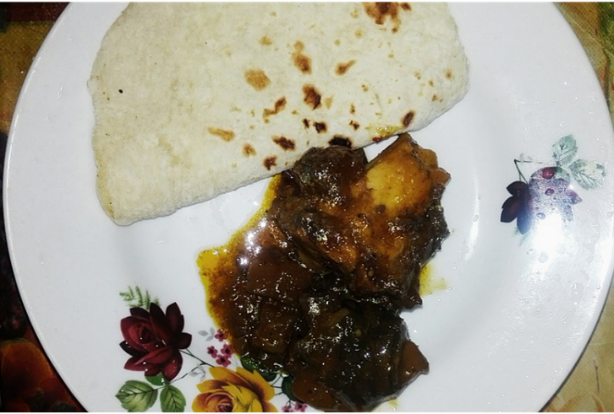

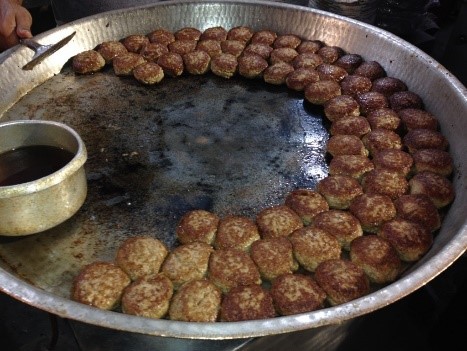
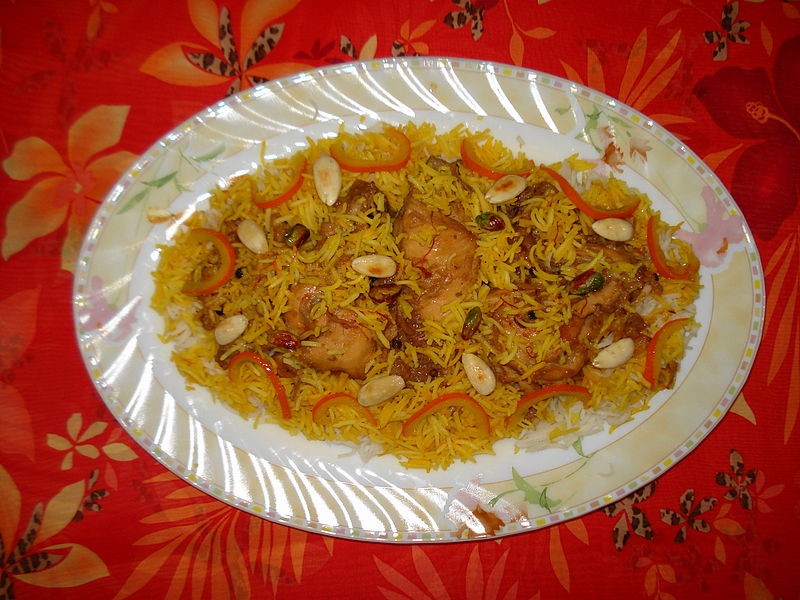
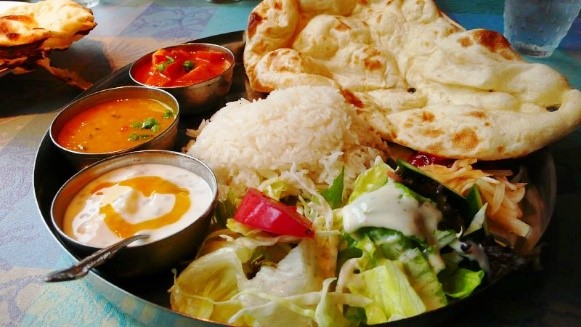
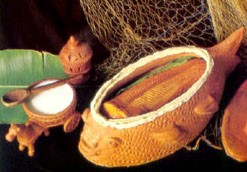
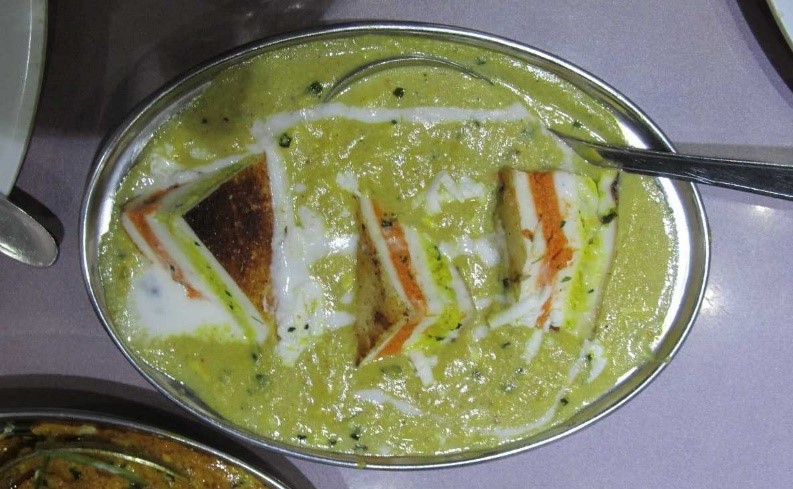
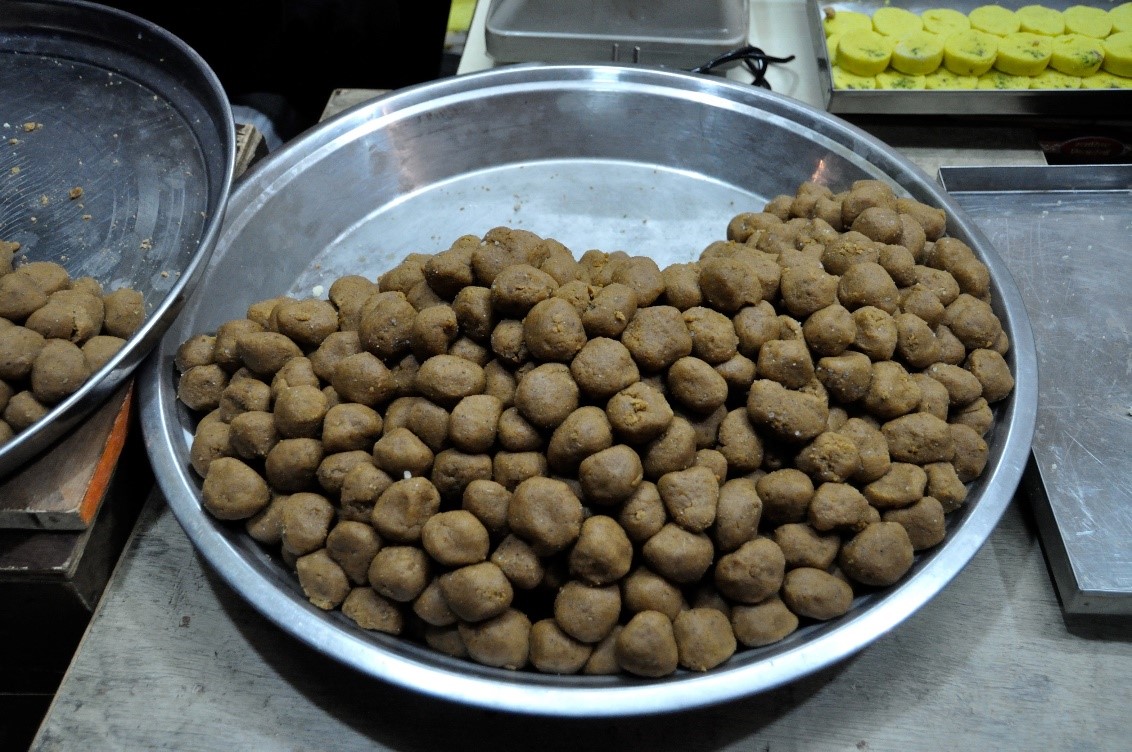
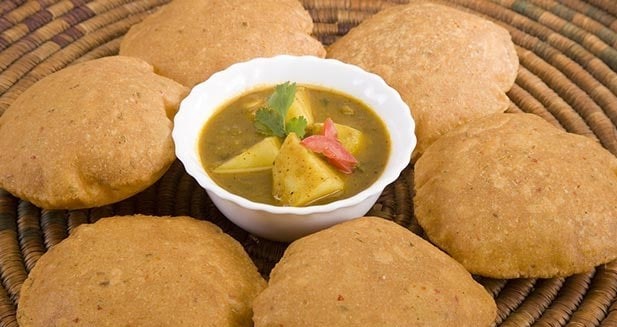
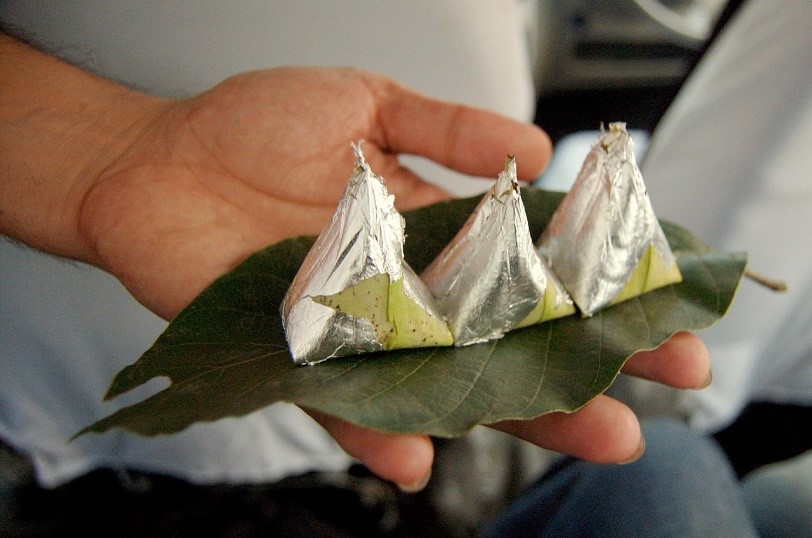

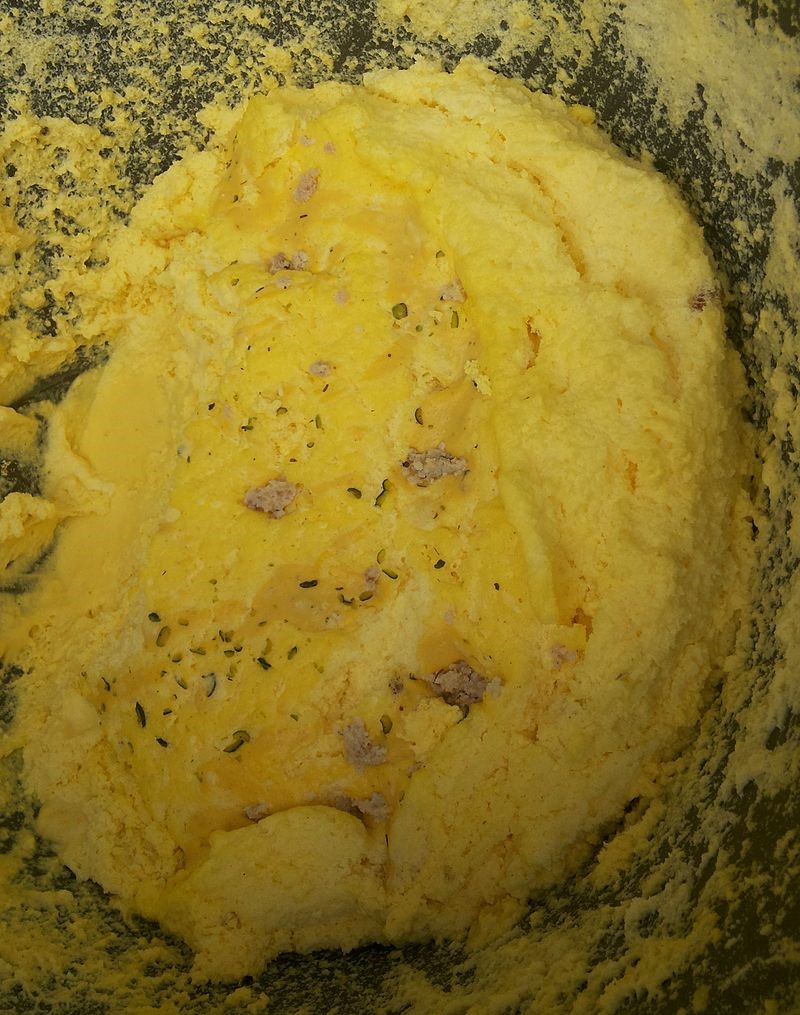



 Recognizing the ongoing need to position itself for the digital future, Indian Culture is an initiative by the Ministry of Culture. A platform that hosts data of cultural relevance from various repositories and institutions all over India.
Recognizing the ongoing need to position itself for the digital future, Indian Culture is an initiative by the Ministry of Culture. A platform that hosts data of cultural relevance from various repositories and institutions all over India.